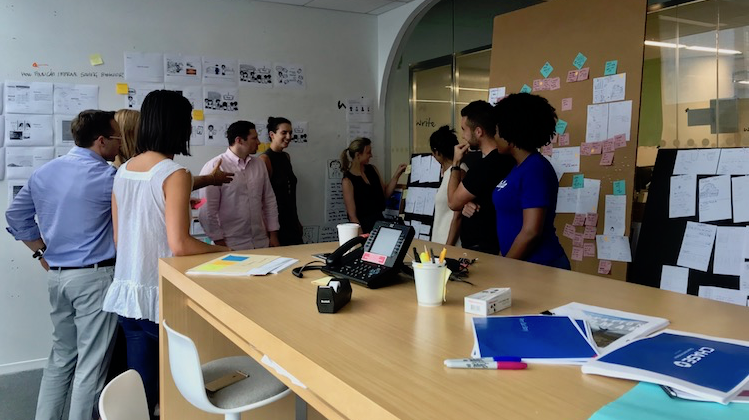The Customer Effect
‘Done is better than perfect’: How Chase built a digital banking brand in-house
- Chase built digital banking brand Finn in-house by instilling a set of enabling approaches and behaviors among its small team
- Chase's license to develop the platform and learn from mistakes was facilitated by support from the senior leadership of the company








